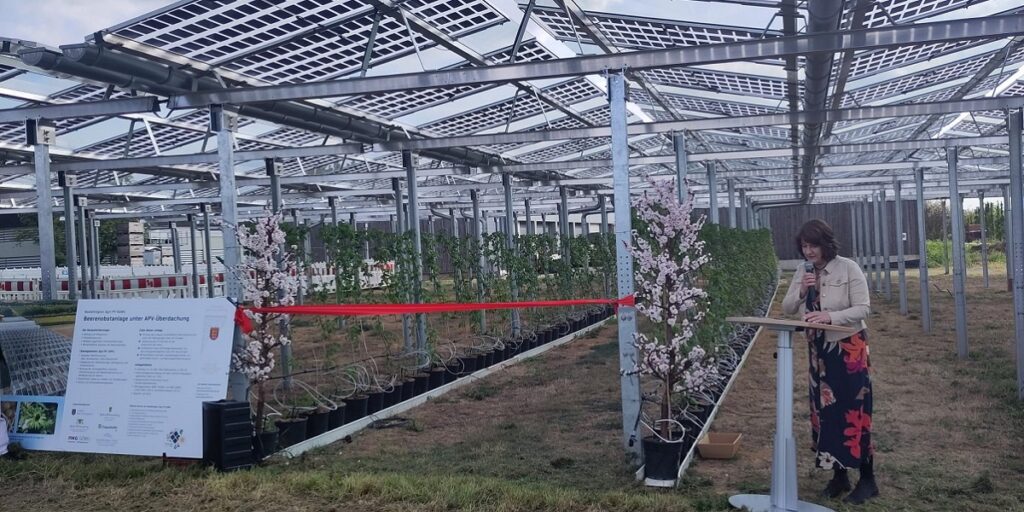Almost all solar panels include integrated bypass diodes. Crystalline panels generally have three of them, which are located in the junction box and can each bypass a third of the panel when necessary. The diodes’ main task is to protect the solar cells from overheating when partial shading occurs. When combined with the right inverter, […]
Read articleWhy would the open-circuit voltage in a solar panel string be too low?
When you measure the open-circuit voltage for all of a system’s panel strings, you should always do so with two measuring devices and compare each string to a reference string. If the difference in voltage is more than seven or eight volts, there is usually a fault somewhere, as I’ve discussed in detail in a […]
Read articleMethods for detecting PID
In my last post, I mentioned the PID effect, which significantly decreases photovoltaic arrays’ performance. Now, I want to show how PID can be diagnosed using a few different analysis methods. As discussed in my last post on this topic, outdoor electroluminescence analysis is the best way to detect the PID effect. This method lets […]
Read articleOutdoor electroluminescence and reverse current thermography
The VDE 0126-23 Standard now specifies a commissioning test procedure for solar systems. Measurement of the no-load voltage, short-circuit current and insulation resistance. There is now a measuring device, the Benning PV-1, which can carry out all of these measurements in a single pass. The measured values are recorded and the documentation supplied to the […]
Read article














